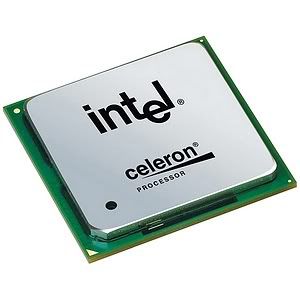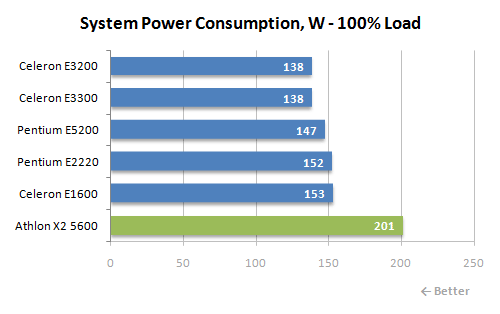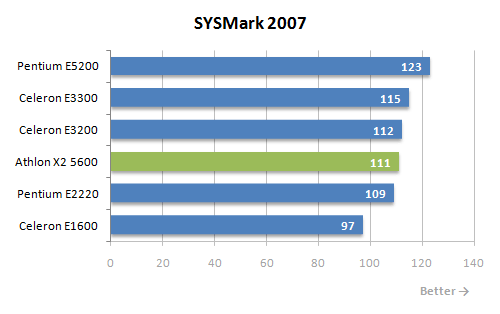Introduction:-
The peak of the popularity of the Intel Celeron brand fell at the end of 90 years - in those days, when their production was used kernel Mendocino. Of interest were those that had at least four times cache second level (128K against 512K), rather than fully-fledged Pentium II and III, on the other hand, she worked at full processor core frequency. Clock speeds differ only slightly, targeting lower FSB speed allowed Celeron easier to accelerate, and even in normal mode, their performance was relatively high. So much so that in consequence of such errors, Intel is not repeated. Go to the Coppermine core resulted in the fact that the full speed cache memory and processors were Pentium III, except that in their case it was twice as much. In addition, these models have received and FSB 133, while the Celeron and remained at 66 MHz. Their remains can be dispersed, but much more interesting results were achieved through the purchase Pentium III with FSB 100.
And the situation developed exactly for this scenario - Celeron has always belonged to the family budget, but in terms of technical characteristics, they have never tried at least for some parameters compared with the "full" processor, due to the fact that he had always been their "cuts" . Is that at the time of transition from Pentium III to the Pentium 4 in this brand opened its second wind. Just because the kernel Willamette was, shall we say, not very good, the attractiveness of the platform is also the first time reduces the need to use expensive memory such as RDRAM, but the Celeron were all on the same platform, soon moving to a new kernel to the custom 130 nm ( 180 nm against Willamette and the old Pentium III), but also observed so many cache, which was a Pentium III. As a result, for some problems "budget" processor began to approach better than some top models. However, skewed then quickly eliminated: updated kernel North wood dramatically increased the attractiveness of the Pentium 4. Yes, and Celeron migrated to the same Socket 478, receiving the same micro architecture as the elder brother, but reduced to four times cache second level. Of course, over time processors under this brand is also becoming more sophisticated, but it happened with quite long delays on the Pentium. And the picture has not changed even when the latter family has ceased to be a senior in the model lineup from Intel. So rejection of Net Burst architecture and the transition to the Core 2 has led to what appeared on the market of the Core 2 Duo and Core 2 Quad. Pentium and Celeron also migrated to the new architecture, however, if the first was a dual-core, the second is still supplied with only one nucleus.
With time and have dual-core Celeron. And at this point in time and increased capacity of the cache, the second level (up to 1 MB), the frequency of the processor has reached 2.5 GHz, and they made the most perfect (for a device to LGA775, of course) process technology of 45 nm. We should not think that there was a revaluation of values - simply Pentium already moved to FSB 1066 MHz, have got 2 MB cache second level and storm line 3 GHz (formerly available only extreme model) clock rate. And interest in more affluent buyers in general shifted to processors, performing more than two-threads calculations in parallel - either provided with more than two physical CPU cores, or based on new architecture that supports Hyper-Threading.
What in these conditions we can to please (and vice versa) Celeron? Obviously, the competition with the older families of processors we can not go. But compare it with other junior is quite possible. And you have, the benefit turned to the topic last time we had a very long time - back in August 2008, when this family had just appeared the first dual-core processors. What has changed in half of the year? Let's check - is capable of anything new or Celeron it is still doomed to wear a contemptuous title of "plugs to the socket.





 Reply With Quote
Reply With Quote



Bookmarks